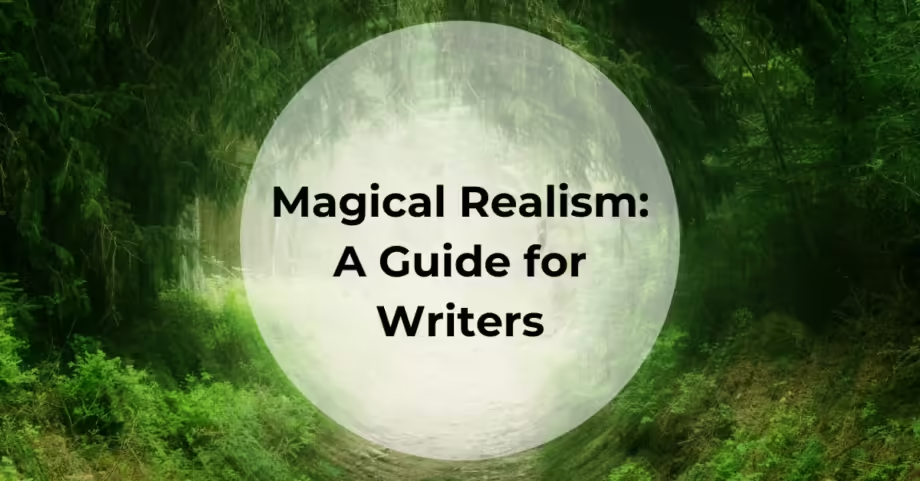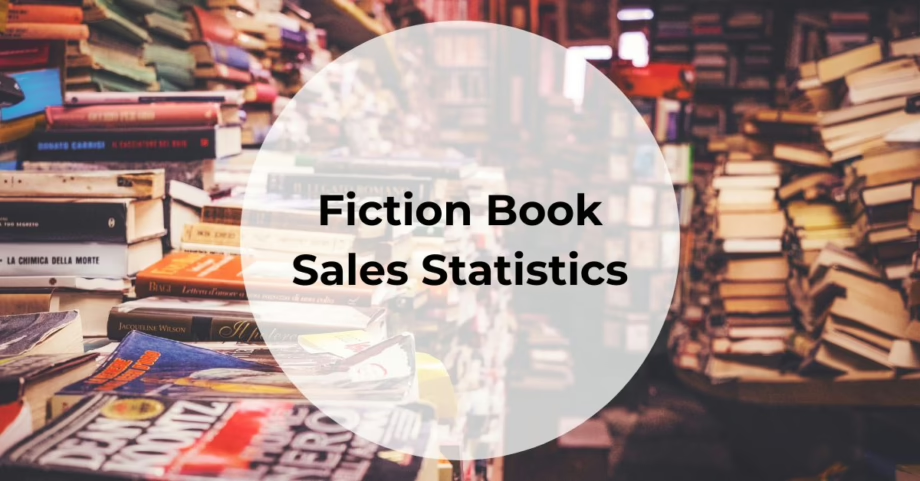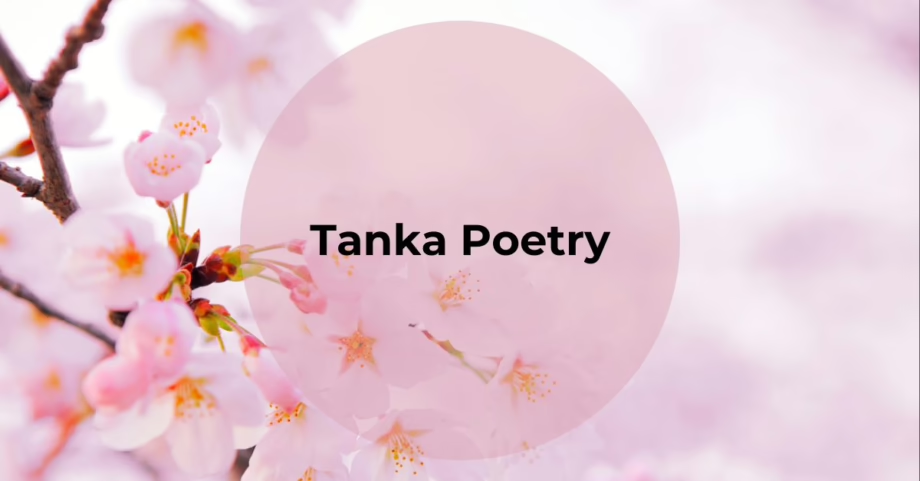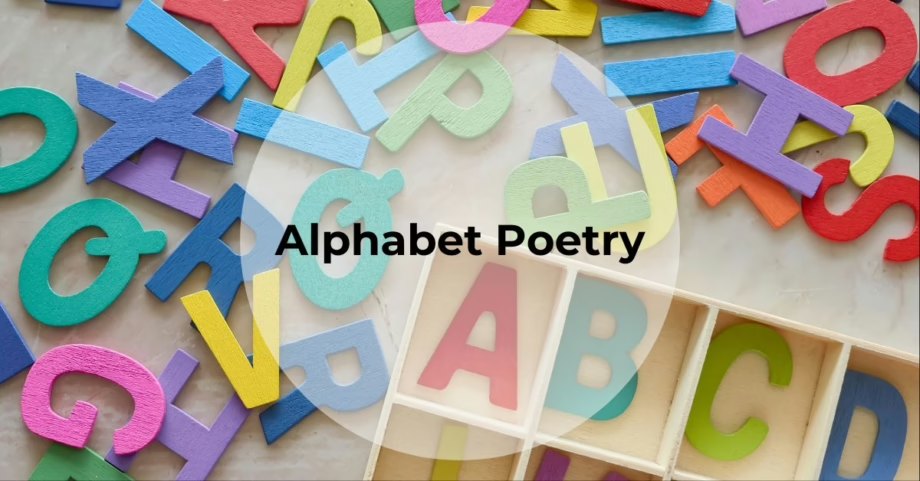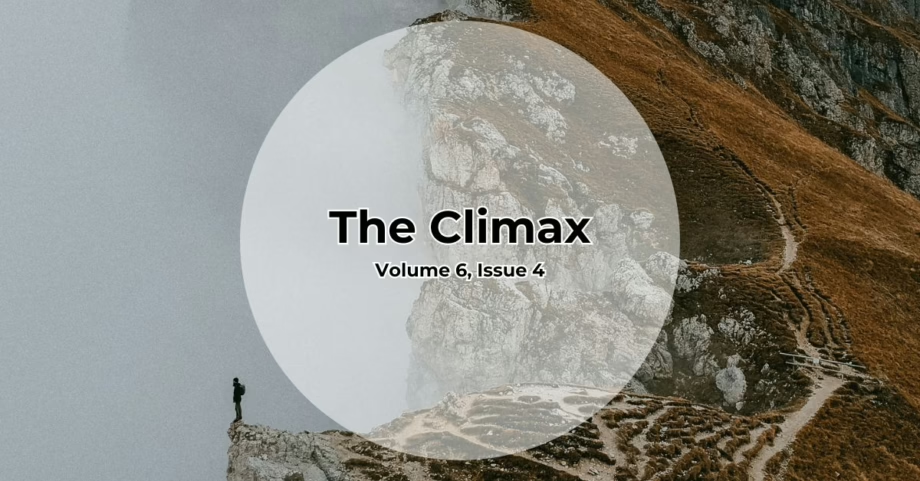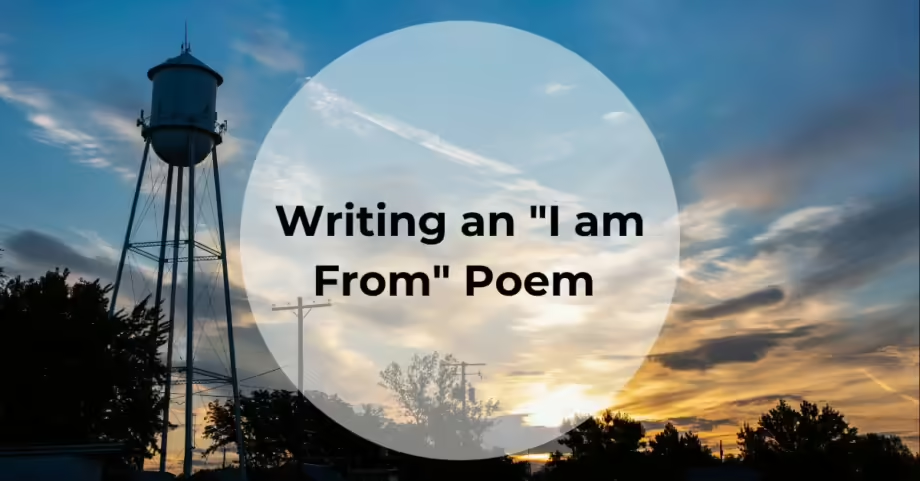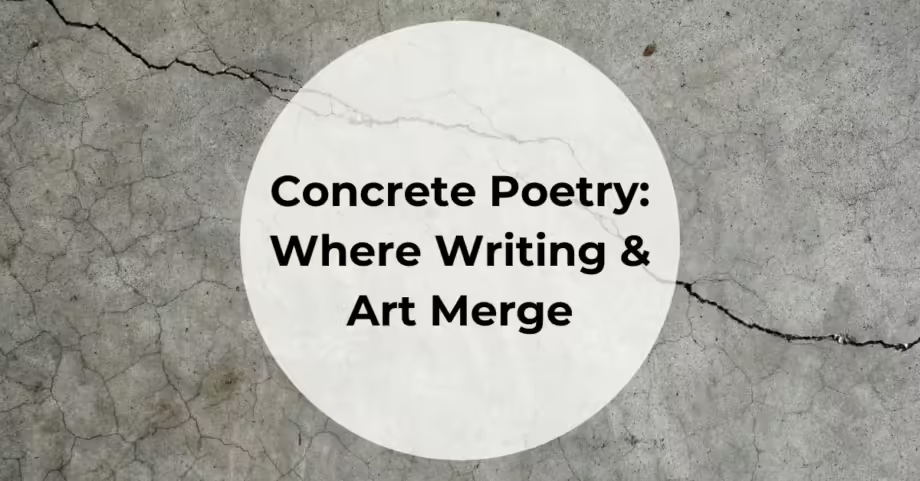If you’re a writer seeking to blur the lines between the ordinary and the extraordinary, magical realism is a genre that offers a unique storytelling approach. Magical realism invites you to seamlessly weave fantastical elements into real-world settings, creating narratives where magic feels as real as the mundane.
In this guide, we’ll explore the origins of magical realism, highlight examples from literature, and provide detailed tips on how to write in this genre.
What is Magical Realism?
Magical realism is a literary genre that blends ordinary life with surreal elements, presenting fantastical events as part of everyday life.
Unlike fantasy, which takes place in separate worlds, magical realism embeds magic in the real world, without explanation or surprise. The narrative invites readers to accept these magical elements as a natural part of life, reflecting how cultural myths and beliefs often coexist with the mundane. The genre first emerged in Latin American literature, led by authors like Gabriel García Márquez and Isabel Allende, and has since influenced authors across the globe.
Characteristics of Magical Realism
Magical realism stands out due to its specific narrative elements:
- Ordinary settings with magical elements: Events unfold in familiar environments, such as homes or villages, where surreal occurrences are treated as routine.
- Matter-of-fact narrative tone: The fantastical is narrated without emphasis or surprise, as if it were completely normal. The magic in magical realism is never labelled as “out of the ordinary.”
- Cultural authenticity: Magical realism often draws from local folklore, mythology, or spiritual traditions, grounding the magical in culturally significant contexts.
Magical Realism Examples
- One Hundred Years of Solitude by Gabriel García Márquez: A sprawling family saga filled with inexplicable events, such as characters levitating and time flowing in loops.
- The House of the Spirits by Isabel Allende: This novel blends political history with supernatural abilities, such as prophecy and ghostly presences.
- Beloved by Toni Morrison: In this work, the ghost of a child symbolizes unresolved trauma and memory, seamlessly woven into the real-world narrative.
- Midnight’s Children by Salman Rushdie: A narrative that merges magical powers with historical events surrounding India’s independence.
The Magical Realism Movement
The genre of magical realism began flourishing in Latin American literature during the mid-20th century, giving voice to stories that reflected the blend of the mystical and the everyday within those cultures.
Gabriel García Márquez’s One Hundred Years of Solitude is a defining work of the movement, mixing political history with magical events. Isabel Allende’s The House of the Spirits continued this tradition, integrating clairvoyance and supernatural occurrences into family sagas. Authors like Salman Rushdie and Toni Morrison later adopted the style, using it to explore themes of identity, memory, and cultural heritage outside of Latin America.
How to Write Magical Realism
Creating magical realism involves balancing the fantastical elements with things that feel very ordinary. Here’s a detailed guide to mastering this narrative style:
Root the Story in Reality
Begin with a setting that feels authentic and grounded in the real world. This makes the magical elements feel more impactful when they start to appear. For example, Márquez’s One Hundred Years of Solitude takes place in the fictional town of Macondo, which mirrors the realities of rural Latin America.
Introduce Magic Naturally
Avoid introductions to magical elements. Instead, let the magic unfold casually within the narrative. A character might wake up one day to find they can fly, and the story proceeds without questioning how or why. The key is to treat the magical as a natural part of life.
Related: What is Character Development?
Draw Inspiration from Cultural Myths and Folklore
Many magical realism stories draw from personal or collective cultural heritage. For instance, Allende’s The House of the Spirits weaves in supernatural elements inspired by South American spiritual beliefs. Look to your own cultural background for inspiration, or explore myths that resonate with your story’s themes.
Maintain a Matter-of-Fact Tone
One of the hallmarks of magical realism is its neutral narrative tone. When presenting magical events, try narrating them without any hint of surprise or wonder. This approach makes the surreal feel as if it’s a normal real-life occurrence, enhancing the genre’s charm.
Focus on Emotional and Philosophical Truths
Use magical elements to amplify the emotional components of your story. In Toni Morrison’s Beloved, the ghost symbolizes the lasting impact of trauma. Magical realism works best when the magical serves as a metaphor for deeper truths, adding layers to the narrative beyond what realism alone could achieve.
Strike a Balance Between Realism and Magic
The magic in your story should never overshadow the reality; it should complement it. Too much emphasis on the fantastical can push your narrative into fantasy, while too much realism can dilute the magic. Striking the right balance ensures that the magical feels intrinsic to the world you’re building.
Learn More: Narrative Elements
Magical Realism FAQs
Is Harry Potter magical realism?
No, Harry Potter is not considered magical realism—it belongs to the fantasy genre. In Harry Potter, magic transports the reader to a world of wonder and fantasy, with the story unfolding in a universe with distinct rules and adventures. In magical realism, magic is used to deepen the meaning of the everyday without ever feeling “separate” from reality—it’s just another layer of life.
What are examples of magical realism in film?
- Pan’s Labyrinth (2006) – Directed by Guillermo del Toro
- The Shape of Water (2017) – Also by Guillermo del Toro
- Like Water for Chocolate (1992) – Based on the novel by Laura Esquivel
Conclusion
Magical realism continues to captivate readers and writers alike, offering a unique lens through which to explore the world. By blending the ordinary with the extraordinary, the genre invites us to consider that reality is more complex than it seems.
Whether rooted in cultural storytelling, emotional truth, or historical critique, magical realism allows us to embrace ambiguity and discover new ways of understanding both ourselves and the world around us.
Have you written a story in the magical realism genre? Consider submitting it to From Whispers to Roars
Fiction Book Sales Statistics (2025): A Writer’s Guide
Understanding the data behind fiction book sales isn’t just interesting trivia—it can shape how you…
Tanka Poetry: History, Structure, and How to Write Your Own
Tanka poetry is a traditional Japanese poetic form known for its brevity, emotional depth, and…
Alphabet Poetry: How to Craft Engaging Poems From A to Z
Alphabet poetry, sometimes called abecedarian poetry, is a fun form of creative writing that uses…
The Climax: Volume 6, Issue 4
I didn’t know what to expect when I started this magazine in 2018. A few…
I am From Poems & How to Write One
Poets often reflect on the places they came from. An origin poem, of sorts. Made…
Concrete Poetry: Where Writing & Art Merge
Writers always look for ways to push boundaries, combining forms and experimenting with genres. Concrete…

